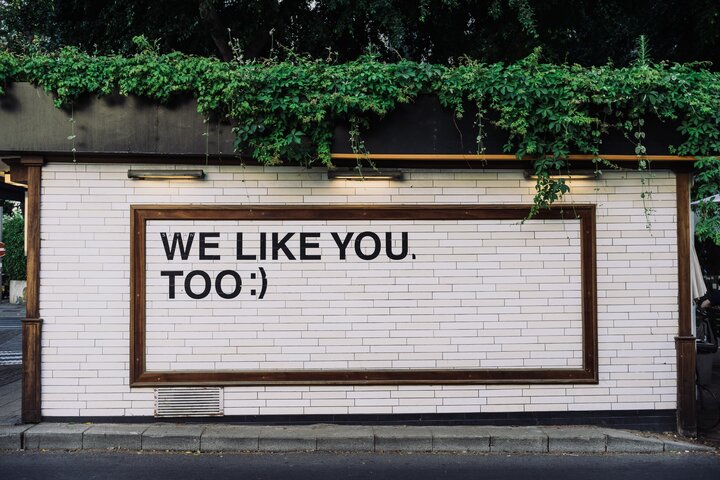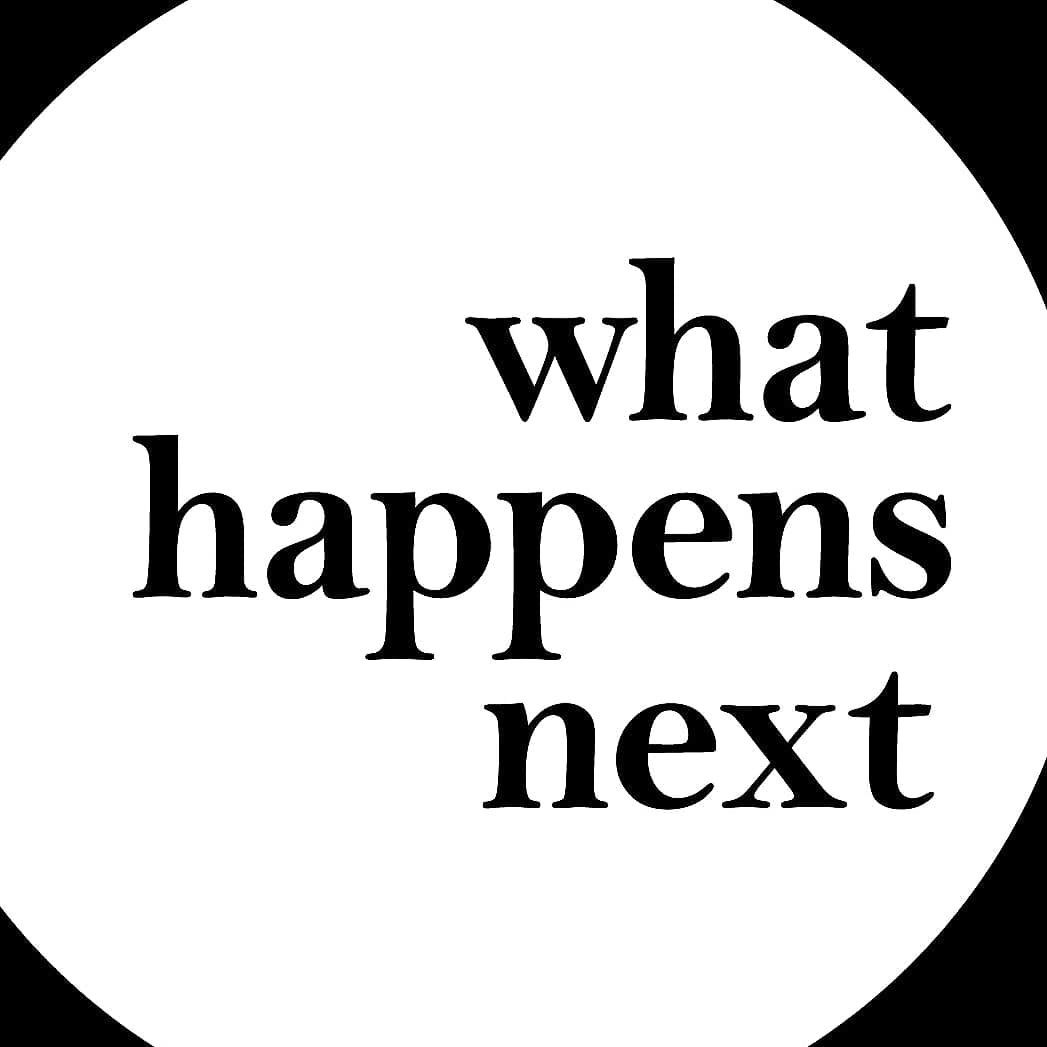How to build a personal brand
Invest in you this year

Words: Leona McDaid
The era of remote working is amongst us and for many it’s an opportunity to reclaim precious time in our day to day lives. But what are you doing with this extra time?
Some of us are working harder. With no distractions in the form of chatty colleagues or long-winded meetings interrupting workflow, we can get on with things and be that little bit more productive.
But in an age of virtual meetings and webinars, how are you building your personal brand? Are you dedicating time to it all? It’s time to invest in your brand and reap the long-term benefits.
The importance of building a brand
Most of you are probably familiar with Jeff Bezos, the richest person in the world and Global CEO of Amazon. He sums up what a brand is nicely. “Your brand is what other people say about you when you’re not in the room.” Very often employees make the huge mistake of letting the company or organisation they work for absorb their personal brand.
Your work life should, generally speaking, be broken down into the following; 70% work-life and 30% career. Or in this instance 30% personal brand. Let’s be clear, the biggest investment you can make in your work-life is your personal brand. It will make you much more valuable in and outside your organisation.
Take the “ick” out of self promotion
The Irish are generally uncomfortable with self-promotion. But let’s face it, if you don’t promote yourself, who else will? Whether you’re a start-up owner, SME business or working for an organisation, how you shape your personal brand is how you’ll shape your future. Some people however, naturally love a bit of self promotion. For some of us, we need a little push.
The naturals are those who are generally seen as opinion formers or what those in the PR world would call, “thought leaders.” If you’re tired of hearing and seeing the same voices time and time again across social and traditional media, it’s mostly because these people are willing to take up space and invest time and energy in their personal brand. So if you want to add to the conversation, you need to put yourself out there.
There are organisations that can help, check out www. https://womenonair.ie and https://www.theopedproject.org
People are interested in people
Part of crafting a brand strategy is being able to demonstrate what you stand for; your values. This is what successful brands do. They clearly show what they stand for and then create belief and trust amongst their engaged communities. So why not apply this to your brand? People are interested in people. They don’t just want to know what you do, but also want to get a sense of why you do it. You might not think it, but you have an interesting story to tell. Most people, with an accumulation of life experience, do. Your personal brand should tap into this and differentiate you.
Know what you stand for
Most of us are on social media to help keep us informed. And some, it seems, have all of a sudden become public health experts. They are damaging their personal brands in real time. There’s also the issue of those not thinking twice about what they post or who they’re engaging with and the rise of what I call “overnight” passions. Virtue signalling grew in prominence in 2020. This all adds up to being disingenuous.
Be consistent
Consistency is key. I’ve encountered people who seem friendly or warm on social media to be the exact opposite in real life. Strong brands are consistent.You need to be too. By knowing what you have to say and the subjects, issues or areas you’re interested in, it will start to inform the wider world of what you’re about. Don’t feel the need to be something you’re not. If you’re not the friendly type, don’t present yourself as this on social media.
Own your own message
Investing in a personal brand strategy means not allowing others to pigeonhole you. You can take control of your own messaging and define how you’d like to be perceived. Craft your own elevator pitch, so that the next time you’re on a Zoom or attending a Webinar, you are ready to tell people what you do succinctly and confidently. Consider developing your own .com website. So instead of people looking up on LinkedIn, they have a much more rounded way of getting a sense of you.
Be social
It’s important to engage on a platform that you’ve a natural affinity to, if you want to share expertise in short bursts, Twitter could be for you. If you’re more visual, Instagram. You need to find your place. Once you have developed your message and what exactly you want to say and on what, keep saying it.
You don’t need to share anything about your private life, this is not a prerequisite of engaging on social. I’ve come across so many people who don’t bother with social media for this very reason. Social media is supposed to be social, so use it to network and create connections. Post on pages or accounts that interest you, add insights and be open to having a two-way conversation.
Get help
Are you launching a new business, trying to get into a new area or simply want to connect with someone? Don’t be afraid to ask for support. Most people, who are genuinely interested in other people, will want to support you. Ask for opportunities, spark conversations, sign up for virtual workshops, be seen. Collaborations are also a powerful tool that can work both ways. It may be a little uncomfortable at the start but it’s worth pushing through.
Discover the subliminal you
Finally, discover your brand archetype and leverage your strengths to unconsciously communicate who and what you stand for. Michael O’ Leary would be deemed a “Rebel” archetype and Professor Luke O’ Neill a “Sage”. There are twelve brand archetypes that when identified correctly, can help you shape your personal brand.
By signing up to the Brand You: Personal Branding & Virtual Styling Workshop you’ll get a personalised and interactive workshop to help you shape your personal brand based on all of the above and then you’ll be empowered to visually translate it into your work wardrobe.


